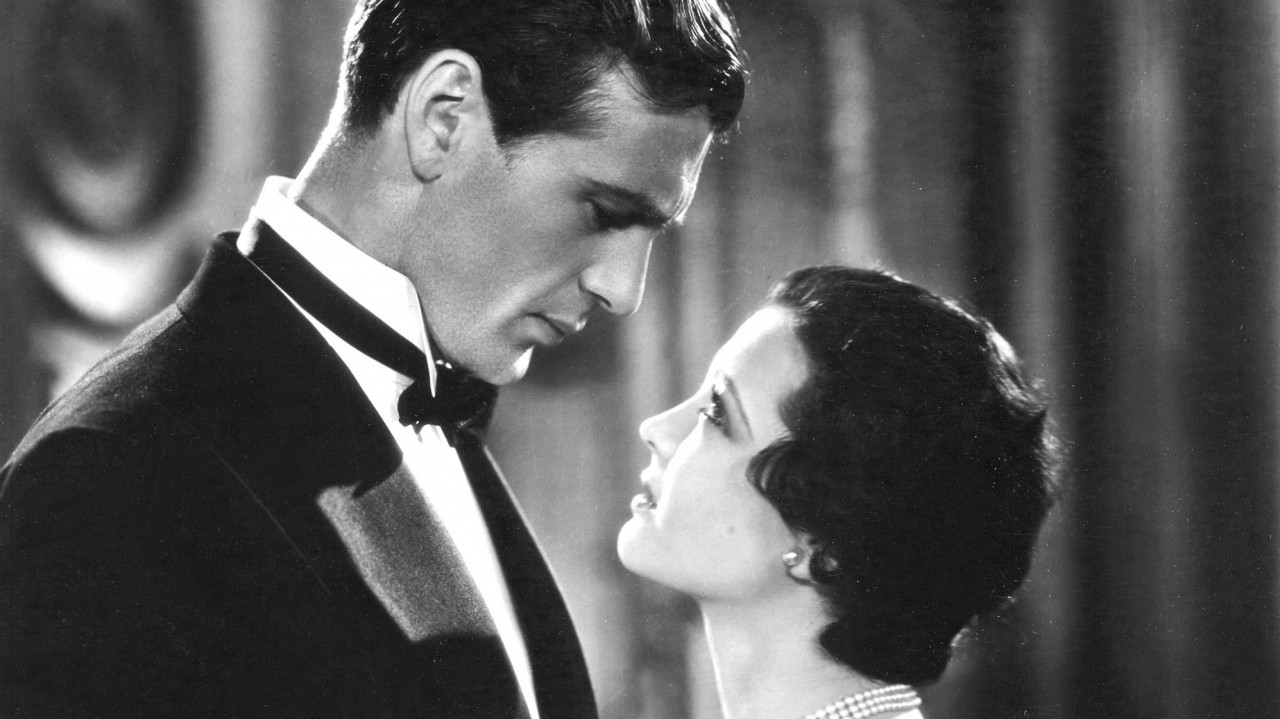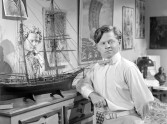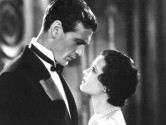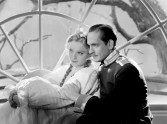
Rouben Mamoulian, Reconsidered
Much of the history of studio-era Hollywood has remained locked into calcified and uncurious categories, chapters in a larger, technologically driven narrative that leaves little room to consider the subtle, often sublime, art and artistry uniquely possible withinthe studio system. Such is the case of Rouben Mamoulian (1897-1987), an immeasurably talented director who glided high, at a remarkable pinnacle of artistic and commercial success, throughout the Thirties and Forties yet has been granted only a minor footnote in dominant histories of the studio era, often reduced to an Icarus-inspired cautionary tale. For his courageous and pathbreaking embrace of new techniques and technologies, Mamoulian has been amply recognized, although most famously by Andrew Sarris who acidly named Mamoulian as “an innovator who ran out of innovations.” And yet an immediate challenge to any quick dismissal can be found by simply looking closer at Mamoulian’s key works—from the pioneering early sound films Applause and Dr. Jekyll and Mr. Hyde, to his Surrealist-inflected crime drama City Streets, or his inventive and wonderfully unclassifiable musicals The Gay Desperado and High, Wide and Handsome, or even Silk Stockings, his rarely considered yet politically cutting Cold War remake of Ninotchka. Easily equal to great studio directors such as King Vidor, Tay Garnett or early Mervyn LeRoy, Mamoulian at times reached that ineffable level of his greatest fellow émigré artists—Murnau, Lang, Hitchcock.
Born in Tbilisi, Georgia, Mamoulian made his way to Hollywood via Moscow and London, and his way to cinema via theater, with early fame staging plays at the Moscow Art Theater, in London’s West End and soon after on Broadway where he launched a new career with his celebrated direction of the all-black Porgy: A Play in Four Acts (1927). Paramount soon came calling, trusting Mamoulian with an important and, for the studio, very risky early talkie that resulted in the brilliant Applause, an astute meditation on the possible death knell of theater as popular culture. Throughout Mamoulian’s career theatricality and theatrical artifice anchored—or rather buoyed—his expansive vision, eventually leading him back to Broadway in the 1940s where he directed such classics as Porgy and Bess and Oklahoma!. Also central to Mamoulian’s success in Hollywood was his willful upturning and expanding of new technologies—embodied right away in Applause by his radical use of voice and music to liberate sound and image beyond what was considered possible. An important later example is his expressive yet sensitive use of color in the still-unsung classic Blood and Sand. Sadly consistent throughout Mamoulian’s career, on the other hand, was his reputation as a “difficult” and uncompromising director, which would eventually lead to his now-famous dismissal from both Porgy and Bess and Cleopatra (and, less famously, from Laura) and his effective blacklisting from the major studios.
By bringing together beautiful prints and recent preservations of his complete feature film oeuvre, this retrospective is offered as a rebuke and challenge to those who have sighed and glanced past Mamoulian’s films and career. Together, Mamoulian’s sixteen features, we argue, make clear his status as undoubtedly one of the most talented and versatile filmmakers working within the studio system, an artist not accidently trusted with some of the greatest performers and stars of his era. Ultimately, Mamoulian offers an important challenge to Manicheistic ideas of auterism as a battle of director against “the system” by suggesting another and subtler mode of auteur—a changeling voice and identity expressed across a wider range of genres and themes and stylistic tendencies than can fit into any easy categories. - Haden Guest



















